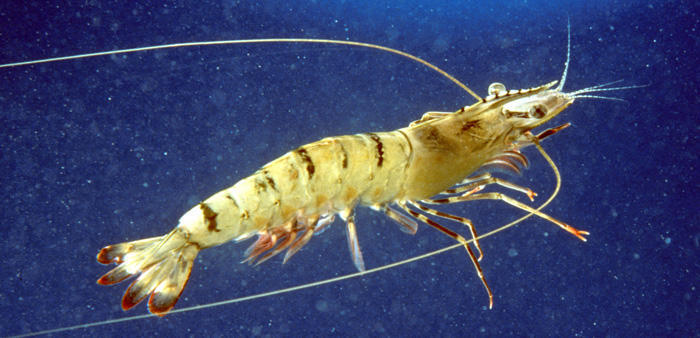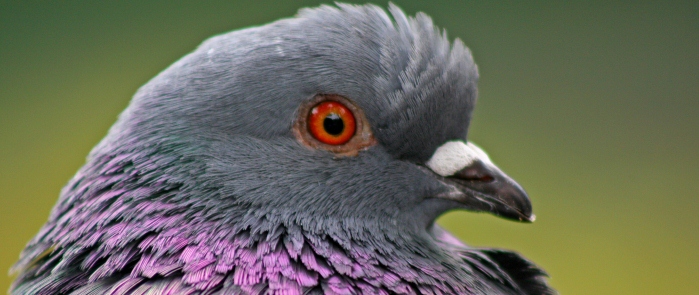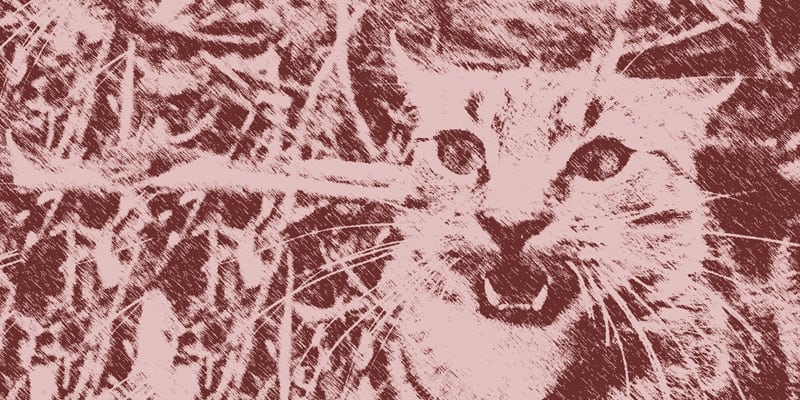
In the news over the past month has been an outbreak of white spot, a disease affecting prawns and other crustaceans. It has infected the seven prawn farms in the Logan River estuary south of Brisbane, causing a ban on uncooked prawn imports and the destruction of all farmed prawns in the area.
While it will be hard to confirm the cause, it is believed to have found its ways into the Logan River estuary from fishers using diseased imported prawns for bait. White spot disease is common throughout the world and Australia has been fortunate to remain disease free. The incident has also uncovered evidence of importers allegedly supplying fake samples for routine compliance checks.
The response to the outbreak by Queensland and the federal government has been swift and decisive. More than $17 million has been spent so far. The prawn farm industry is relatively small in Australia – 30 prawn farms worth about $80 million a year.
Compare this to the indifference from authorities when a new environmental invader arrives.
The response to the 2011 detection in Melbourne waterways of one of our most recent vertebrate pests, the smooth newt, saw lengthy decision making, fudged findings and after two years a non-response. The smooth newt may one day rival the cane toad in terms of impacts (we’re not sure of the potential impacts since this is the first time it has been found outside of its European home range, but we will find out in a few decades), and is predicted to spread from Brisbane to Perth, but that was not enough to trigger action.
Playing catch-up
The environment has been the poor second cousin of Australia’s biosecurity system. Biosecurity is primarily being run by state and federal agricultural departments, reporting to agriculture ministers, staffed by experts in animal and plant diseases. So it is no surprise decisions focus on maximising trade and protecting agricultural interests.
This discrepancy was identified in December by the independent biosecurity review. The review recognised that the adequacy of how biosecurity addresses environmental risks was ‘one of the strongest areas of debate’. It called for ‘arrangements’ to address environmental risks such as creating a chief environmental biosecurity officer within the federal government and to reorganise intergovernmental decision making for a concerted focus.
There is a lot of catch-up work to be done.
Australia claims to have a biosecurity system that seeks to keep risks facing the environment, human health, agriculture and the economy ‘to a very low level’. We boast to international visitors who experience our quarantine checks at the airport that we treat these issues seriously. For the environment, this is a fallacy.
The basic work to systematically identify the risks facing the environment from new arrivals has not be done. There are few plans ready to respond to the worst potential arrivals, and when a new harmful invader arrives, if you can’t prove the impacts, impacts which need to be massive, there is no action.
Promising signs ahead
There are some promising signs that we might be starting on the right track.
The federal government’s response to the 2015 Senate inquiry into environmental biosecurity is close to being finalised.
The current biosecurity review may also start to set things right. Along with their welcome proposed structural changes, the review seeks to establish a permanent research body to coordinate all biosecurity related research including weeds, marine pests, native plant diseases and insects.
Critically there is a need to create a collaborative body that prepares responses before new environmental invasive species arrive such as our proposal for Environment Health Australia. Unfortunately, the review proposes to extend existing industry-focused bodies that do this work, a proposal that is set to fail – it has been attempted many times before. This needs to be addressed with an ecologically-based approach, not as an add-on to an agricultural-based system.
Our new project with Monash University to systematically identify biosecurity risks and entry pathways for insects and native plant diseases will provide the start for the baseline information that is so urgently needed and to build biosecurity responses.
Our biosecurity system needs to be strengthened now to prevent invasive animals, weeds, pathogens and other pests that will be ruining Australia’s environment in 50 years’ time. Slowly this necessity is starting to be realised.



